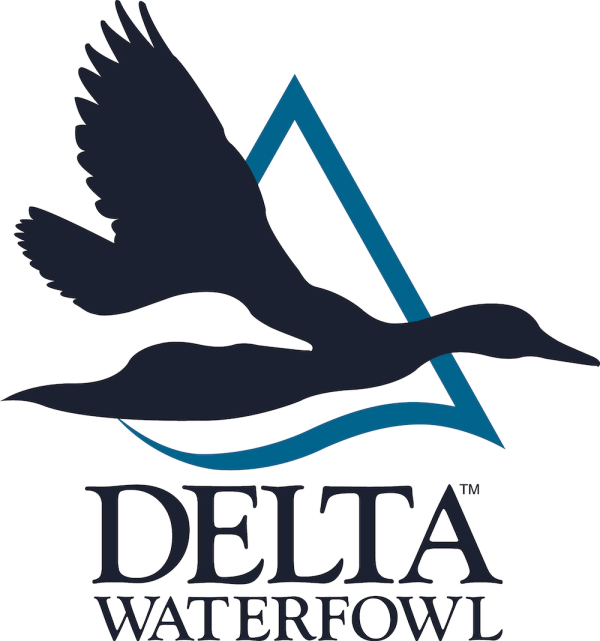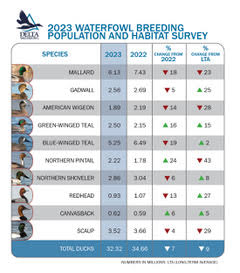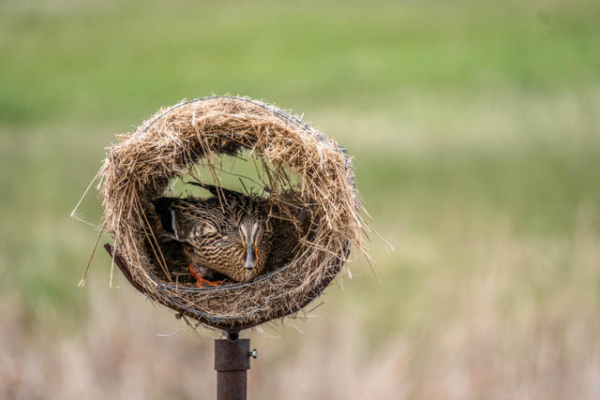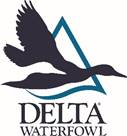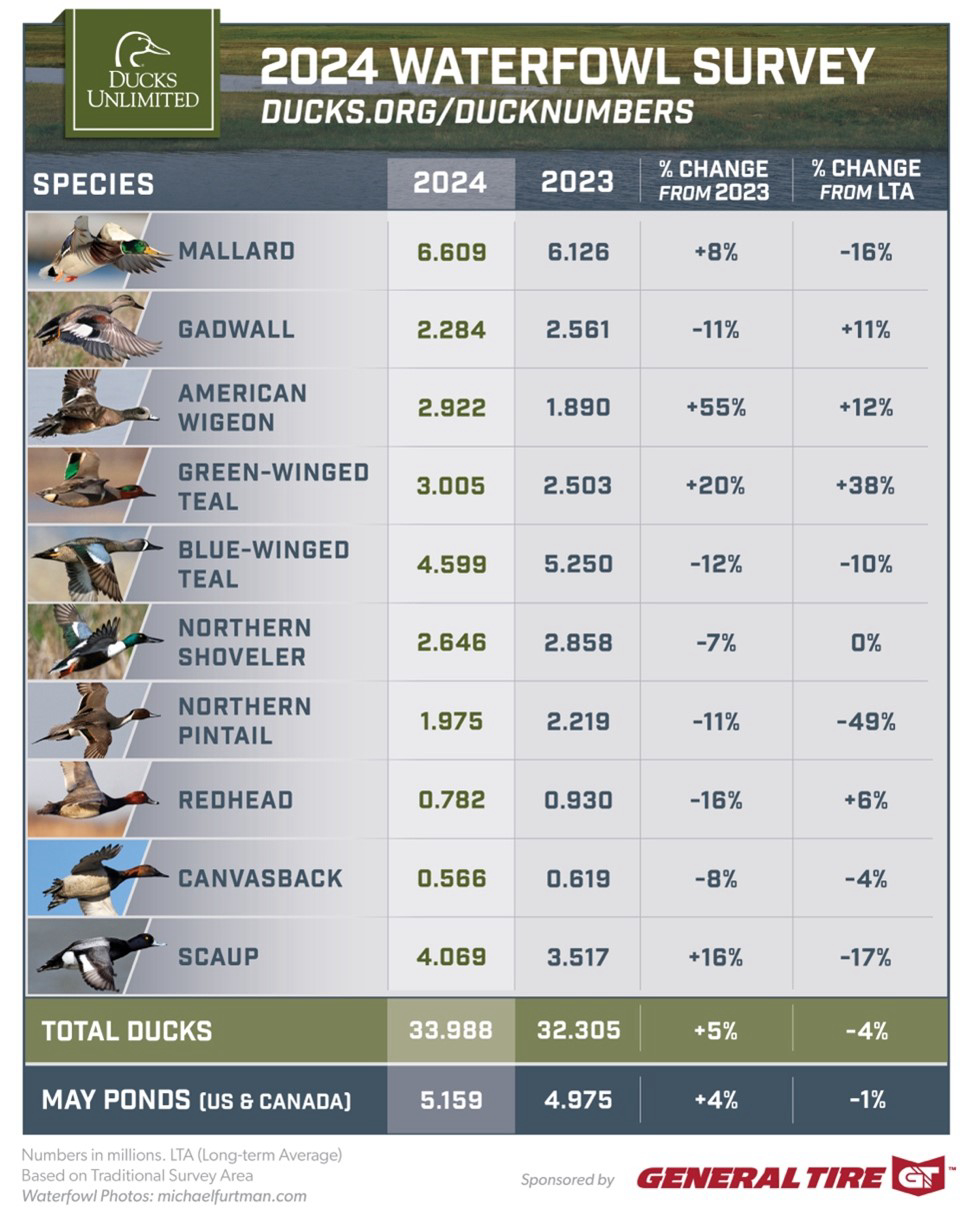Delta Waterfowl Already Prepping Hen Houses for Return of Nesting Mallards
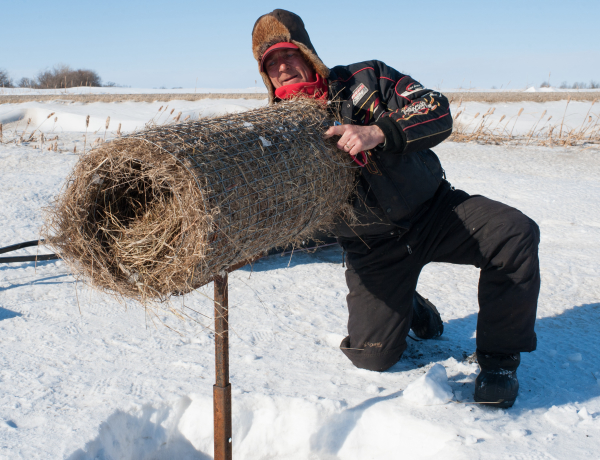
BISMARCK, NORTH DAKOTA — Mallards hatched last spring in the Prairie Pothole Region of Canada and the northern United States continue to drop in on hunters during these final days of the 2020-21 season as far south as Louisiana, Texas and California. Meanwhile, a thousand miles north, Delta Waterfowl Hen House Specialist Travis Quirk is already working to boost next season’s migration of North America’s favorite duck.
Quirk, of the Colonsay region of southern Saskatchewan, Canada, is an agri-business execuctive and waterfowling outfitter. He is also a former Delta Waterfowl research student. Importantly, as a seasonal contractor for The Duck Hunters Organization, Quirk is responsible for the upkeep of 300 Delta Hen House nest structures. He installed the structures for Delta, and maintains them each winter to ensure they’re ready to greet mallard hens when they return to the prairie wetlands to nest in April and May.
The Delta team of Hen House specialists in Alberta, Saskatchewan, Manitoba and North Dakota maintains nearly 10,000 mallard nest structures across the PPR, where up to 70 percent of the ducks migrating down all four North American flyways are hatched.
“Manitoba and North Dakota sound so far away, like the middle of nowhere to many duck hunters,” said Dr. Scott Petrie, Delta’s chief executive officer. “But no matter whether you hunt mallards — on the California rice fields, Texas peanut fields, in the Louisiana marshes or in timber along Arkansas’s Cache River, the odds are you’re most likely shooting ducks that came from the prairie potholes.”
Hen Houses are cylindrical nesting structures placed on poles in carefully selected wetlands. Refined over decades of research by Delta, they provide attractive nest sites that keep nesting mallard hens out of reach of predators. Scientific data proves Hen Houses are the most effective and cost-efficient tool available to increase mallard production on the prairie.
“Hen Houses consistently boost nest success to more than 60 percent and commonly to 80 percent,” said Joel Brice, Delta’s vice president of waterfowl and hunter recruitment programs. “Without them, ducks nesting in grass commonly have dismal nest success, often 10 percent or lower. Studies show that a mallard using a Hen House is 12 times more likely to hatch her clutch than one nesting in the uplands of the Canadian parklands.”
Not only do Hen Houses increase mallard nest success, they also boost hen survival during the breeding season when they are susceptible to predators such as red foxes. Delta research shows survival of hens nesting in Hen Houses is 20 percent higher than for those nesting in the uplands.
To increase efficiency, Delta places Hen Houses in clusters of 100 called Supersites, which are positioned in an area of highest breeding mallard densities. It is a quantity that makes the work efficient, but not so many that it will overwhelms a contractor. The Hen House specialist installs the structures, records their GPS coordinates and returns at least once annually for maintenance.
That’s what Quirk is doing right now. He’s checking the integrity of the structures, poles and mounts and adding new hay for nestmaking. If he finds Hen Houses damaged by flooding or shifting ice, he’ll replace them or relocate them to areas less susceptible to repeat damage. Quirk and his fellow Hen House specialists play a frontline role in Delta Waterfowl’s mission to produce more ducks for duck hunters everywhere, all the way to the bottom of every flyway.
For more information about Delta Waterfowl Hen Houses and the mission to produce more ducks, contact Joel Brice at (701) 226-7269 or jbrice@deltawaterfowl.org.
Delta Waterfowl is The Duck Hunters Organization, a leading conservation group working to produce ducks and ensure the future of duck hunting in North America. Visit deltawaterfowl.org.



